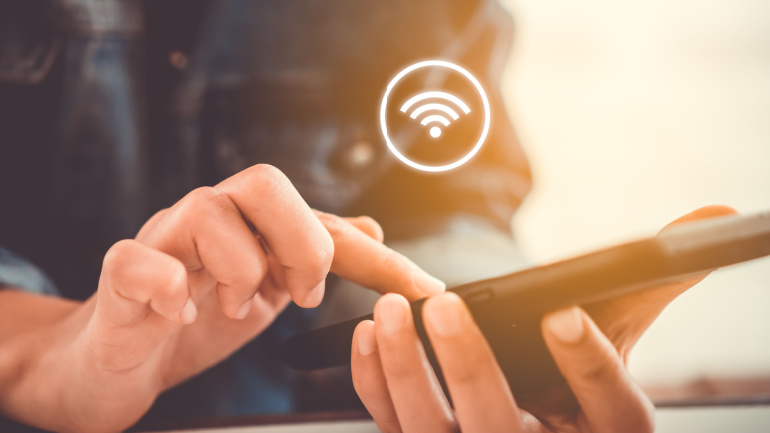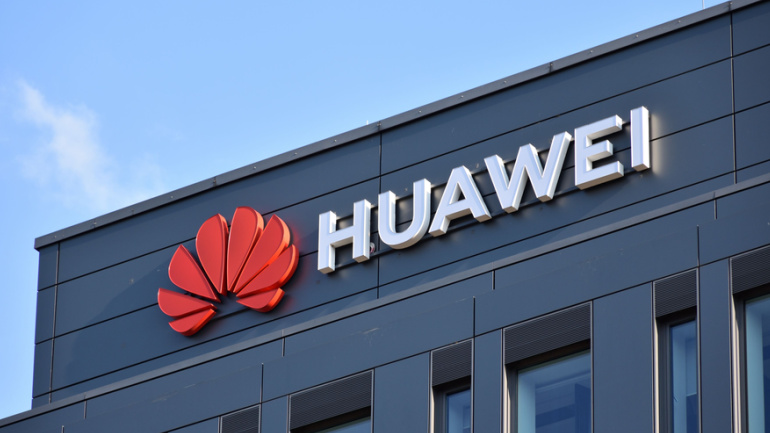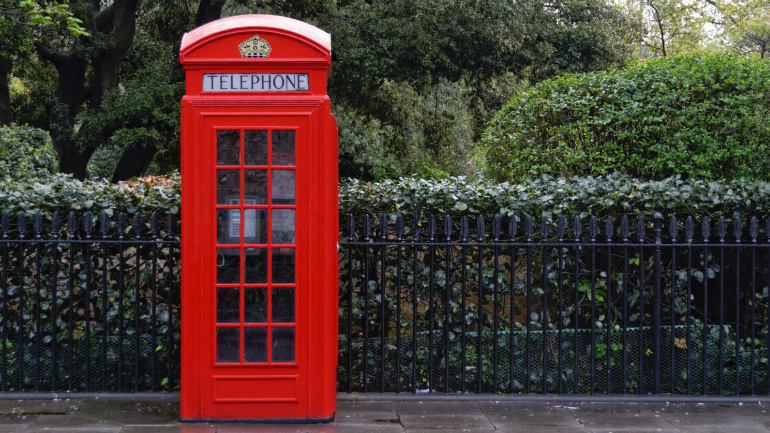Nokia’s revamped home wifi software suite, now known as Corteca, promises to revolutionize in-home connectivity management and user experience. This holistic solution boasts advanced features like Corteca Cloud for network management and Corteca Device Software for device administration. More intriguing is the upcoming Corteca Marketplace, offering ‘try-before-you-buy’ applications, potentially opening new revenue horizons. Despite the anticipation, the question remains – will this alleviate users’ connectivity woes and truly enhance their in-home broadband experience? Stay tuned as the story unfolds.
Norway’s Telenor pushes forward with a dramatic leadership change aimed at augmenting its growth trajectory in line with its 2025 vision. Notable moves include former Head of Telenor Asia, Jørgen C. Arentz Rostrup, stepping in as Head of Telenor Nordics, while his predecessor Petter-Børre Furberg takes over his former position. Google Cloud’s ex-head of telecoms, Amol Phadke, also joins the team as EVP and group CTO, with a focus on technology transformation.
Telinta, a global leader in white label cloud-based switching and billing solutions, today announced the addition of new capabilities to its unique Virtual Office solution. Virtual Office is Telinta’s award winning Hosted PBX solution enabling VoIP service providers to offer highly customizable services to small and home-based businesses. Virtual Office users can customize their own personal VoIP solution by navigating through brandable self-service web portals, selecting the features and capabilities they need.
T-Mobile has shaken up the wireless market with the launch of its new premium service plan, Go5G Next, positioning itself as a contender in the higher-priced service sector. In a surprising move, the plan’s cost surpasses those of rivals Verizon and AT&T for a single line of service, defying T-Mobile’s historical reputation for affordability.
In the short span since 5G’s inception, one of its most successful applications surprisingly isn’t smartphones, but Fixed Wireless Access (FWA) enhancing home broadband services. Currently dominating 90% of new US broadband subscriptions, this trend sparks intriguing implications. Yet, fiber broadband’s speed and dependability present a formidable challenge, set to increasingly permeate the market aided by ample public funding. Meanwhile, FWA’s flexible and user-friendly nature makes it a robust contender, particularly in areas where fiber is not feasible.
Ericsson, the global telecom giant, has just shattered 5G records, achieving an incredible 5.7Gbps download speed by ingeniously blending three frequency bands. This breakthrough, a result of Ericsson’s advanced hardware, software and RAN coordination, opens a new horizon in performance boost and superior connectivity for 5G users. This latest success cements Ericsson’s spot at the forefront of the race for ultra-high-speed connectivity, even as competitors also explore the potential of carrier aggregation.
The recent Huawei Network Summit 2023 in Jakarta became a milestone for the Asia Pacific telecom sector, reinforcing Huawei’s commitment to relentless innovation. The Summit demonstrated advanced solutions like the Intelligent Cloud-Network and novel products geared towards enhancing digital productivity. Focusing on the growing need for robust network operations amidst digital transformation, innovative strategies were introduced across various platforms. Transformative solutions promulgated include offerings for streamlined office networks, improved AI training efficiency and convergent network management.
8×8 boosts Microsoft Teams with native calling integration, Opera’s iOS app adds Aria AI chatbot for content generation, Rogers clinches top spot in umlaut’s Canadian carrier study, and IoT propels enterprise transformation with 5G and eSIM adoption, per Omdia survey.
The uptake of fixed wireless access technology in the US is surging, especially with T-Mobile US and Verizon driving this trend. These telecom behemoths could potentially outstrip their predicted subscriber figures, as suggested by recent data. Both companies registered almost 900,000 customer net additions to their 5G-based fixed wireless services in just the second quarter.
Witness the transformation of UK’s iconic red phone boxes as telecommunications giant BT empowers local communities to repurpose disused kiosks into practical assets. Adoptions through BT’s programme have evolved phone boxes into life-saving defibrillator stations, libraries or mini art galleries. As these kiosks brace for their centenary, BT gears up to offer a thousand more, sparking a fusion of tradition with communal ingenuity.













